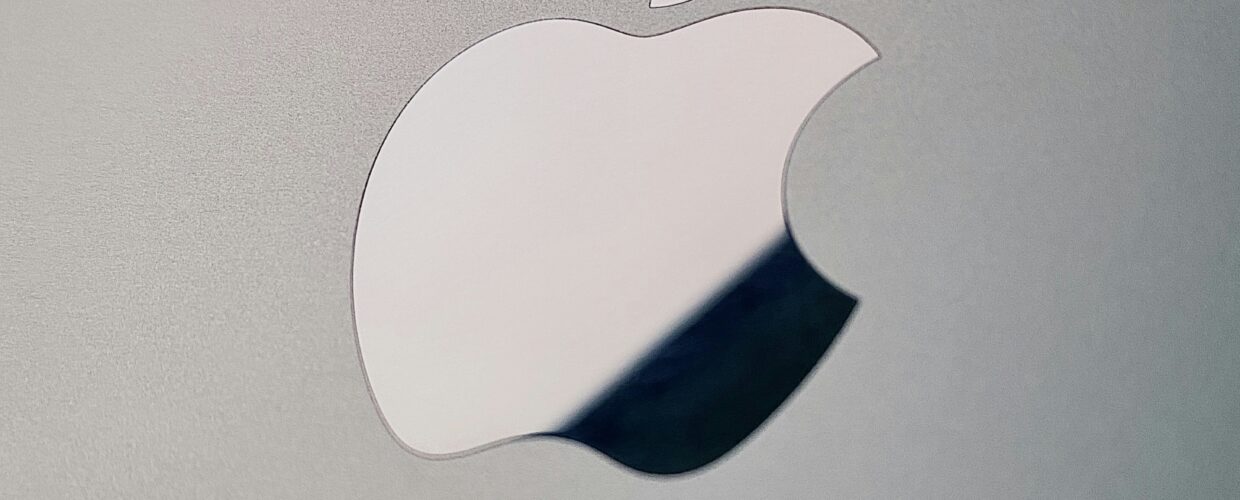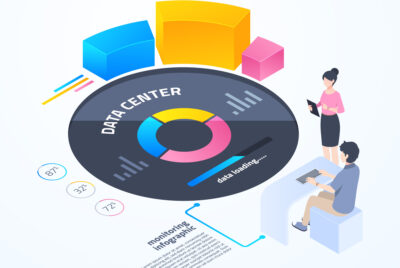A well-crafted logo is a fundamental aspect of your brand identity, serving as a visual representation of your business. It should be simple, unique, and relevant to your brand. Let’s explore the different types of logos and provide some essential tips for designing an effective one.
Types of Logos
1. Wordmarks (Logotypes):
- Description: Wordmarks are text-based logos that focus solely on the company’s name. They utilize unique typography to create a memorable and distinct identity.
- Example: Google, Coca-Cola.
2. Lettermarks (Monogram Logos):
- Description: Lettermarks use the initials of the company name. They are particularly useful for businesses with lengthy names, providing a simple and concise visual identity.
- Example: IBM, HBO.
3. Iconic Logos (Symbols):
- Description: These logos use an icon or symbol to represent the brand. The imagery often reflects the company’s core values or services.
- Example: Apple, Nike.
4. Combination Marks:
- Description: Combination marks incorporate both text and an icon or symbol, allowing for versatile usage across different mediums.
- Example: Adidas, Burger King.
5. Emblem Logos:
- Description: Emblem logos consist of text within a symbol or an icon. They often resemble badges or seals, providing a traditional and authoritative feel.
- Example: Starbucks, Harley-Davidson.
Designing an Effective Logo
1. Simplicity:
- Clean Design: Keep your logo design straightforward and uncluttered. Simple logos are easier to remember and more adaptable across various platforms.
- Limited Colors: Use a restricted color palette to avoid overwhelming viewers. Choose two or three colors that reflect your brand identity.
2. Uniqueness:
- Original Concept: Steer clear of clichés and overused designs. Develop a logo that stands out and can be easily recognized among competitors.
- Custom Typography: Consider creating custom typography for your logo to ensure it is truly one-of-a-kind.
3. Relevance:
- Reflect Your Brand: Your logo should embody your brand’s values, mission, and industry. Ensure it aligns with what your business stands for.
- Appropriate Imagery: Utilize imagery and symbols that are pertinent to your business and resonate with your target audience.
4. Versatility:
- Scalability: Design a logo that maintains its quality and clarity at any size, from a small business card to a large billboard.
- Monochrome Version: Create a black-and-white version of your logo to ensure it remains effective in any color scheme or context.
5. Timelessness:
- Avoid Trends: Focus on creating a logo that will stay relevant and impactful over time, avoiding fleeting design trends that may become outdated.
- Classic Appeal: Aim for a design that retains its appeal and functionality, ensuring it can withstand the test of time.
Conclusion
Selecting the right type of logo and following these design principles can significantly enhance your brand’s visual identity. Whether you opt for a wordmark, lettermark, iconic logo, combination mark, or emblem, the key is to ensure your design is simple, unique, relevant, versatile, and timeless. A well-designed logo will not only make a lasting impression but also effectively represent your brand across various platforms and mediums.



